(Hey! Some links in this post may be affiliate links — meaning I may earn a small commission if you buy through them, at no extra cost to you. As an Amazon Associate, I earn from qualifying purchases. I only share products I genuinely love and think you’ll find useful too. Read the full disclosure here).
Get ready to fall in love with this incredible healthy twist on classic Italian comfort food! I’m so excited to share this amazing spaghetti squash recipe that’ll transform your dinner table completely.
This dish combines perfectly roasted squash “noodles” with rich, savory Mediterranean flavors. You’ll discover how this nutritious alternative delivers all the comfort of traditional pasta while keeping things light and wholesome!
Whether you’re looking for a gluten-free option or trying to add more vegetables to your meals, this recipe is your new best friend. We’ll walk through every step together, from selecting the perfect squash to creating that mouthwatering sauce that’ll have everyone asking for seconds!
Contents
- 1 Why This Healthy Alternative Beats Traditional Pasta
- 2 Essential Ingredients for Perfect Results
- 3 Kitchen Equipment and Preparation Setup
- 4 Mastering Spaghetti Squash Preparation
- 5 Creating the Perfect Eggplant Ragu
- 6 Step-by-Step Cooking Process
- 7 Serving and Presentation Mastery
- 8 Creative Variations and Customizations
- 9 Conclusion
Key Takeaways
- Perfect healthy alternative to traditional pasta dishes with fewer calories
- Naturally gluten-free option that satisfies comfort food cravings
- Rich Mediterranean flavors from roasted vegetables and herbs
- Simple step-by-step process suitable for beginner home cooks
- Meal prep friendly – stores well for easy weeknight dinners
- Packed with nutrients from fresh vegetables and wholesome ingredients
Why This Healthy Alternative Beats Traditional Pasta
You’ll be amazed at how this healthy pasta alternative transforms your dining experience! This spaghetti squash and eggplant combination delivers incredible nutritional benefits that regular pasta simply can’t match.
Let’s talk about the amazing nutrients you’re getting with every bite. Spaghetti squash packs a powerful punch of vitamins A and C, plus tons of fiber that keeps you satisfied for hours. The eggplant ragu adds even more vegetables to your plate while creating incredible depth of flavor.
- Sustained energy without the afternoon crash
- Naturally gluten-free for sensitive stomachs
- Lower calories than traditional pasta dishes
- Perfect for low-carb lifestyles
- Packed with essential vitamins and minerals
Unlike heavy traditional pasta that leaves you feeling sluggish, this lighter alternative gives you lasting energy throughout your day. You won’t experience that uncomfortable bloated feeling either!
“The best part about healthy eating is when you don’t have to sacrifice flavor for nutrition.”
Your taste buds won’t even miss regular pasta because the flavors are so rich and satisfying. The meaty texture of the eggplant ragu combined with the perfect al-dente strands of spaghetti squash creates pure comfort food magic.
Plus, you’re sneaking extra nutrition into every delicious bite without anyone noticing! It’s like getting all the comfort food vibes with none of the guilt. This healthy pasta alternative proves that nutritious meals can be absolutely delicious too.
Essential Ingredients for Perfect Results
Building this amazing vegetarian ragu starts with selecting the perfect ingredients that will make your dish absolutely shine! I’m so excited to share what you’ll need because getting these basics right makes all the difference. Trust me, when you use quality ingredients, your kitchen will smell incredible and your taste buds will thank you.
The beauty of this recipe lies in its simplicity. You don’t need a million fancy ingredients – just fresh, quality items that work together beautifully. Let’s dive into exactly what you’ll need to create this comforting, satisfying meal!
Fresh Vegetables and Aromatics
Your fresh vegetable lineup is where the magic begins! Start with a medium-sized spaghetti squash weighing about 2-3 pounds. Look for one that feels heavy and has a golden color with no soft spots.
You’ll need two large eggplants with glossy, firm skin – these are the stars of your ragu! Fresh yellow onions, plenty of garlic cloves, and ripe tomatoes complete your vegetable base. Fresh tomatoes work wonderfully, but high-quality canned tomatoes are perfectly fine too.
For aromatics, grab fresh basil, oregano, and parsley. These herbs will fill your kitchen with the most amazing scents and add layers of flavor that make this dish special.
Pantry Staples and Seasonings
Your pantry ingredients are just as important as the fresh ones! High-quality olive oil is absolutely essential – it’s the foundation of your ragu’s flavor. Don’t skip on this one!
You’ll also need tomato paste for depth, vegetable broth for richness, and a splash of good wine if you have it. For seasonings, keep it simple with salt, black pepper, red pepper flakes for heat, and grated Parmesan cheese for finishing.
Quality Considerations and Substitutions
Quality matters, especially with your olive oil and tomatoes! These ingredients carry so much of the flavor in your vegetarian ragu. Invest in good olive oil – your taste buds will notice the difference immediately.
Need to make substitutions? No problem! You can swap zucchini noodles for spaghetti squash, or use mushrooms instead of eggplant. The recipe is wonderfully flexible and adapts to what you have on hand.
| Ingredient Category | Essential Items | Quantity Needed | Best Substitutes |
|---|---|---|---|
| Fresh Vegetables | Spaghetti squash, eggplant, onions | 1 medium squash, 2 large eggplants, 2 onions | Zucchini noodles, mushrooms, shallots |
| Aromatics | Garlic, basil, oregano, parsley | 6 cloves, 1/4 cup each herb | Garlic powder, dried herbs |
| Pantry Staples | Olive oil, tomato paste, vegetable broth | 1/2 cup oil, 3 tbsp paste, 2 cups broth | Avocado oil, fresh tomatoes, water |
| Seasonings | Salt, pepper, red pepper flakes | To taste, 1/4 tsp flakes | Sea salt, white pepper, paprika |
Remember, cooking is about having fun and making something delicious with what you have! Don’t stress if you need to make a few swaps – this recipe is forgiving and will still taste amazing.
Kitchen Equipment and Preparation Setup
Getting your kitchen ready with the right equipment transforms this low-carb Italian dish from challenging to absolutely delightful! I can’t stress enough how much smoother your cooking experience becomes when you have everything you need within arm’s reach. Trust me, there’s nothing worse than realizing you need a specific tool halfway through cooking!
The joy of cooking comes from being prepared and confident in your kitchen setup. When you have the right tools and organization, you’ll feel like a professional chef creating restaurant-quality meals at home.
Essential Cooking Tools
Let’s start with your must-have tools that will make this recipe absolutely foolproof! You’ll need a large, sharp chef’s knife for safely cutting through that tough spaghetti squash – and believe me, a dull knife makes this job way harder than it needs to be.
A sturdy cutting board is your best friend here. I recommend using a large wooden or plastic board that won’t slip around while you’re working. You’ll also want a large rimmed baking sheet for roasting your squash halves to perfection.
For the ragu, a Dutch oven or heavy-bottomed pot is absolutely essential! This distributes heat evenly and prevents that dreaded burning at the bottom. A good wooden spoon for stirring and a regular fork for testing your squash strands complete your basic toolkit.
Don’t forget your measuring cups and spoons – precision matters when you’re creating those perfect flavor balances!
“Mise en place is the religion of all good line cooks. Do not fuck with a line cook’s mise en place.”
Smart Prep Station Organization
Here’s where the magic really happens – setting up your prep station like a pro! I absolutely love organizing everything mise en place style, which is just fancy chef talk for “everything in its place.”
Start by washing and drying all your vegetables first. Then set up separate small bowls for your chopped onions, minced garlic, and diced eggplant. This might seem like extra work, but it’s a total game-changer!
Keep your seasonings and oils grouped together near your cooking area. I like to arrange them in the order I’ll use them – it keeps me from scrambling around mid-recipe looking for that one spice.
Clear counter space is your friend! Push everything you don’t need to one side and give yourself plenty of room to work. When you’re juggling hot pans and sharp knives, you’ll appreciate having that extra elbow room.
Having everything prepped and organized before you start cooking makes the whole process feel like starring in your own cooking show! When you’re in the middle of sautéing and your garlic is perfectly minced and ready to go, you’ll thank yourself for taking this extra prep time. A clean, organized workspace equals a happy cook – and this low-carb Italian dish deserves all the love and attention you can give it!
Mastering Spaghetti Squash Preparation
Let me walk you through the game-changing techniques that turn ordinary squash into extraordinary results! Getting this preparation right is just as important as perfecting your roasted eggplant – both components need to shine for this dish to truly impress.
The magic happens when you master these simple but crucial steps. Your squash will transform from a tough, intimidating vegetable into beautiful, tender strands that rival any pasta!
Selecting and Cutting Your Squash
Finding the perfect spaghetti squash is easier than you think! Look for one that feels heavy for its size – this means it’s packed with moisture and flavor.
The skin should be hard and matte, not shiny or soft. Avoid any squash with soft spots, cracks, or a dried-out stem – these are red flags for poor quality.
Here’s my foolproof cutting method that keeps you safe! Pierce the squash all over with a knife tip, then microwave it for 2-3 minutes. This softens it slightly and makes cutting so much easier.
Always cut lengthwise, not crosswise – this is the secret to getting those gorgeous long strands! Scoop out all the seeds and stringy bits with a spoon.
Roasting Techniques for Perfect Texture
Proper roasting transforms your squash into tender perfection! Brush the cut sides generously with olive oil and season with salt and pepper.
Place the halves cut-side down on your baking sheet. This positioning helps steam the flesh while creating a slightly caramelized bottom – just like when you’re preparing roasted eggplant for maximum flavor!
Roast at 400°F for 35-45 minutes until the flesh is tender when pierced with a fork. The timing depends on your squash size, so start checking at 35 minutes.
Creating Long, Perfect Strands
This is where the real magic happens! Let your roasted squash cool just enough to handle safely – about 5-10 minutes.
Use a fork to gently scrape from the outer edge toward the center. The strands will naturally separate like magic! Work with the grain of the squash for the longest, most beautiful strands.
Don’t press too hard – gentle scraping gives you better texture than aggressive digging.
Common Mistakes to Avoid
Here are the biggest pitfalls I see home cooks make:
- Overcooking the squash – mushy strands are disappointing and won’t hold up to your sauce
- Cutting crosswise instead of lengthwise – you’ll get short, stubby pieces instead of long strands
- Skipping the oil and seasoning – this makes all the difference in flavor
- Scraping too aggressively – gentle motions preserve the strand integrity
Remember, perfectly prepared spaghetti squash should have some bite to it, just like al dente pasta. It pairs beautifully with rich, flavorful sauces like our upcoming roasted eggplant ragu!
Creating the Perfect Eggplant Ragu
Get ready to fall in love with the most amazing eggplant ragu that makes this gluten-free pasta alternative absolutely irresistible! This rich, velvety sauce transforms humble eggplant into something truly magical. The secret lies in proper preparation and patient cooking techniques that build layers of incredible flavor.
Your kitchen will smell like a cozy Italian trattoria as this sauce develops. Each step builds upon the last to create depth and complexity. Let’s dive into the techniques that make this ragu absolutely perfect!
Preparing Eggplant for Maximum Flavor
The foundation of exceptional ragu starts with properly prepared eggplant. Cut your eggplant into uniform half-inch cubes – this ensures even cooking throughout. Toss these cubes generously with salt and let them sit for 15 minutes.
This salting process draws out any bitter compounds while helping the eggplant cook more evenly. Pat the cubes completely dry with paper towels after salting. You’ll notice how much moisture comes out!
Heat olive oil in your largest skillet over medium-high heat. Brown the eggplant cubes in batches – don’t overcrowd the pan! Each piece should develop a beautiful golden crust. This browning step creates incredible depth of flavor that you simply can’t achieve any other way.
Building the Aromatic Base
Now comes the aromatic foundation that makes this sauce sing! Start with diced onions in the same pan where you browned the eggplant. All those lovely browned bits will add amazing flavor to your base.
Cook the onions until they’re soft and sweet – about 5-7 minutes. Add minced garlic and cook for just 30 seconds until fragrant. Don’t let the garlic burn – it turns bitter quickly!
Stir in tomato paste and cook for another minute. This step is crucial because it deepens the tomato flavor and removes any raw taste. The paste should darken slightly and become very fragrant.
Slow-Simmering Process
Return your beautiful browned eggplant to the pot along with crushed tomatoes. Add fresh herbs like basil and oregano, plus a splash of vegetable broth or white wine. The liquid should just barely cover the vegetables.
Bring everything to a gentle simmer, then reduce the heat to low. This slow-simmering process is where the magic happens! Let the ragu bubble gently for 20-30 minutes, stirring occasionally.
The eggplant will become incredibly tender and almost melt into the sauce. The flavors marry beautifully during this time. You’ll know it’s ready when the eggplant breaks apart easily with a spoon.
Troubleshooting Texture Issues
Sometimes your ragu might need a little adjustment to achieve the perfect consistency. Here’s how to fix common texture problems:
| Problem | Cause | Solution | Prevention |
|---|---|---|---|
| Too Thick | Over-reduction | Add warm broth gradually | Monitor liquid levels |
| Too Thin | Excess liquid | Simmer uncovered longer | Use less initial liquid |
| Mushy Eggplant | Overcooking | Reduce cooking time | Check texture frequently |
| Bitter Taste | Unsalted eggplant | Add pinch of sugar | Always salt eggplant first |
The perfect ragu should coat a spoon nicely without being too thick or watery. It should cling beautifully to your spaghetti squash strands, creating the ideal gluten-free pasta experience.
Taste and adjust seasoning as needed. Sometimes a splash of balsamic vinegar or a pinch of red pepper flakes can elevate the flavors even more. Trust your palate – you’re the chef!
This incredible sauce keeps getting better as it sits. The flavors continue to develop and deepen. You can even make it a day ahead – it tastes even more amazing the next day!
Step-by-Step Cooking Process
Let’s dive into the step-by-step process that transforms these Italian-inspired vegetables into restaurant-quality perfection! This is where all your prep work pays off, and timing becomes your secret weapon. I’m going to walk you through every detail so you can nail this dish every single time.
The key to success lies in understanding how both components work together. Your spaghetti squash needs the longest cooking time, while your eggplant ragu requires constant attention and love. Don’t worry – I’ve got the perfect game plan that makes it all come together beautifully!
Timing Both Components Perfectly
Here’s where we become kitchen conductors! Start by getting your spaghetti squash in the oven first – this gives you a solid foundation to build on. While that’s roasting away, you’ll have plenty of time to create your amazing ragu.
Begin salting your eggplant cubes about 15 minutes after the squash goes into the oven. This timing is absolutely crucial because it means both dishes will finish cooking at roughly the same time. It’s like having a perfectly synchronized kitchen dance!
The beauty of this timing system is that you’re never rushed or waiting around. Your hands stay busy, but you’re never overwhelmed. Trust me – this schedule has saved me countless times when I’m cooking for guests!
Temperature Control and Monitoring
Temperature control is your best friend here, and I want you to feel confident about every setting. Keep your oven at a steady 400°F for the spaghetti squash – no higher, no lower. This temperature gives you that perfect tender texture without turning your squash into mush.
For your ragu, maintain medium heat throughout the cooking process. You want a gentle, happy simmer – not a violent boil that’ll make your eggplant fall apart. Think of it as a warm bubble bath for your vegetables!
Watch for visual cues that tell you everything’s going perfectly. Your ragu should have gentle bubbles breaking the surface, and you’ll start smelling those incredible aromas after about 10 minutes of simmering.
| Component | Temperature | Cooking Time | Visual Cues |
|---|---|---|---|
| Spaghetti Squash | 400°F oven | 35-45 minutes | Fork pierces easily |
| Eggplant Ragu | Medium stovetop | 25-30 minutes | Thick, glossy consistency |
| Assembly | Warm serving | 5 minutes | Steam rising gently |
Final Assembly Techniques
This is where the magic truly happens! Once your squash is perfectly tender, let it cool for just 5 minutes before handling. This brief rest makes it so much easier to work with and prevents any kitchen accidents.
Use a fork to gently fluff and separate those gorgeous strands. Work from the outside edges toward the center, creating long, beautiful ribbons that look just like traditional spaghetti. Take your time here – this step makes all the difference in presentation!
Create a lovely nest of squash strands in each serving bowl. I like to use a large spoon to twirl the strands into an attractive mound. Then comes the best part – ladling that rich, aromatic ragu right over the top!
Testing for Doneness
Your spaghetti squash should yield easily to a fork but still have a slight bite to it. We want al dente texture, not mushy strands that fall apart. If your fork meets any resistance, give it another 5-10 minutes in the oven.
The ragu is perfect when it coats the back of a spoon nicely. It should be thick enough to cling to your squash strands but not so thick that it becomes gloppy. If it’s too thin, simmer uncovered for a few more minutes. Too thick? Add a splash of vegetable broth!
Trust your nose and your eyes – everything should smell absolutely incredible, and the colors should be rich and vibrant. When it looks and smells this good, you know you’ve nailed it!
Serving and Presentation Mastery
The final step in creating this healthy dinner recipe is mastering the art of beautiful presentation that makes every bite irresistible! We eat with our eyes first, so let’s make your spaghetti squash with eggplant ragu look as spectacular as it tastes.
Professional presentation transforms a simple home-cooked meal into something truly special. With just a few easy techniques, you’ll create a dish that rivals any upscale restaurant!
Professional Plating Techniques
Start with warm bowls – this keeps your dish at the perfect temperature and prevents the squash from cooling too quickly. I love using a carving fork to twirl the spaghetti squash strands into neat little nests right in the center of each bowl.
This twirling technique creates height and visual drama that makes your dish feel restaurant-special! The elevated presentation draws the eye and makes each serving look generous and appetizing.
Ladle your rich eggplant ragu around and over the squash nest, letting those beautiful eggplant pieces cascade down the sides naturally. Don’t worry about making it perfect – rustic elegance is exactly what we’re going for!
Garnish and Finishing Touches
Fresh basil leaves are your secret weapon for that pop of bright green color! Always tear basil by hand – never cut it with a knife because cutting bruises the delicate leaves and diminishes their fresh aroma.
A generous sprinkle of freshly grated Parmesan cheese adds richness and that classic Italian touch everyone loves. Don’t skimp here – the cheese melts slightly from the heat and creates beautiful visual contrast!
Finish with a light drizzle of good olive oil around the rim of the bowl. Add a crack of fresh black pepper for that final restaurant touch that makes everything picture-perfect!
Pairing Recommendations
This versatile healthy dinner recipe pairs beautifully with both white and red wines! I recommend a crisp Pinot Grigio or a light Chianti that won’t overpower the delicate flavors.
For sides, keep things simple so your gorgeous dish remains the star. A simple arugula salad with lemon vinaigrette cuts through the richness beautifully and adds fresh crunch.
If you’re not going completely low-carb, some crusty bread is perfect for sopping up every last bit of that delicious ragu! The key is restraint – let your beautiful creation shine without competition.
Creative Variations and Customizations
This vegetable ragu recipe becomes your personal canvas for endless culinary creativity! I love how flexible this dish is – you can transform it into something completely different while keeping that comforting, satisfying base we all crave. Whether you’re cooking for picky eaters, following specific dietary needs, or just wanting to use up what’s in your fridge, these variations will inspire you!
The best part? Each customization maintains the recipe’s healthy foundation while adding your own personal touch. Let’s explore all the delicious ways you can make this dish uniquely yours!
Protein Enhancement Options
Transform your vegetable ragu recipe into a heartier meal with these protein-packed additions! Italian sausage works beautifully – just remove it from the casings and brown it with your onions for that authentic flavor. The fat from the sausage adds incredible richness to the sauce.
For lighter options, ground turkey blends seamlessly into the ragu without overpowering the vegetables. Plant-based protein lovers will adore adding white beans or lentils! These legumes create amazing creaminess while making the dish more filling and nutritious.
Cannellini beans are my personal favorite because they absorb all those wonderful Mediterranean flavors. Red lentils work great too – they practically melt into the sauce and add fantastic texture!
Seasonal Vegetable Additions
Each season brings exciting new flavors to experiment with! Summer calls for diced zucchini and colorful bell peppers that add sweetness and crunch. I love how these vegetables keep their shape and provide beautiful color contrast.
Fall transforms your vegetable ragu recipe with roasted butternut squash and earthy mushrooms. The squash adds natural sweetness while mushrooms bring that deep, umami flavor we all love.
Spring welcomes fresh spinach and cherry tomatoes that brighten the entire dish. The spinach wilts perfectly into the warm ragu, while cherry tomatoes burst with fresh flavor!
Dietary Adaptation Strategies
This recipe already shines as a naturally vegetarian and gluten-free option! Making it vegan is simple – just skip the Parmesan or use your favorite plant-based alternative. Nutritional yeast adds that cheesy flavor vegans love.
Keto dieters can enjoy this dish exactly as written – it’s perfectly low-carb! For families with hesitant eaters, try mixing the eggplant with ground turkey or adding sweet bell peppers to make flavors more familiar.
Meal prep enthusiasts will love that both the spaghetti squash and ragu reheat beautifully! Store them separately and combine when ready to serve for the best texture.
| Season | Recommended Vegetables | Flavor Profile | Cooking Time Addition |
|---|---|---|---|
| Spring | Fresh spinach, cherry tomatoes, asparagus | Bright and fresh | 2-3 minutes |
| Summer | Zucchini, bell peppers, corn | Sweet and vibrant | 5-7 minutes |
| Fall | Butternut squash, mushrooms, Brussels sprouts | Earthy and rich | 10-12 minutes |
| Winter | Kale, winter squash, root vegetables | Hearty and warming | 8-10 minutes |
The beauty of this approach is that you’re never making the same meal twice! Each variation brings new excitement to your dinner table while maintaining that satisfying, nutritious foundation your family loves.
Conclusion
You’ve just discovered a game-changing recipe that transforms ordinary vegetables into something truly extraordinary! This spaghetti squash with eggplant ragu proves that eating healthy never means giving up on flavor or comfort.
The beauty of this dish lies in its versatility. Your family will love how these tender squash noodles soak up every bit of that rich, aromatic ragu. You can prep components ahead for busy weeknights or impress dinner guests with this colorful, restaurant-quality meal.
I love how this recipe adapts to your lifestyle. Add protein when you need it. Swap vegetables based on what’s in season. Make it dairy-free or add extra herbs from your garden. The possibilities are endless!
Most importantly, you’re nourishing your body with wholesome ingredients while satisfying those pasta cravings. Every forkful delivers vitamins, fiber, and incredible taste without the heavy feeling that comes with traditional pasta dishes.
Your kitchen will smell amazing while you cook this. Your family will ask for seconds. You’ll feel proud knowing you’ve created something both delicious and nutritious. This recipe deserves a permanent spot in your meal rotation!
Get ready to fall in love with this healthy comfort food that brings everyone to the table with smiles and satisfied appetites.
🍆 Love eggplant? Explore more dishes in our roundup: 15 Delicious Eggplant Recipes You Need to Try

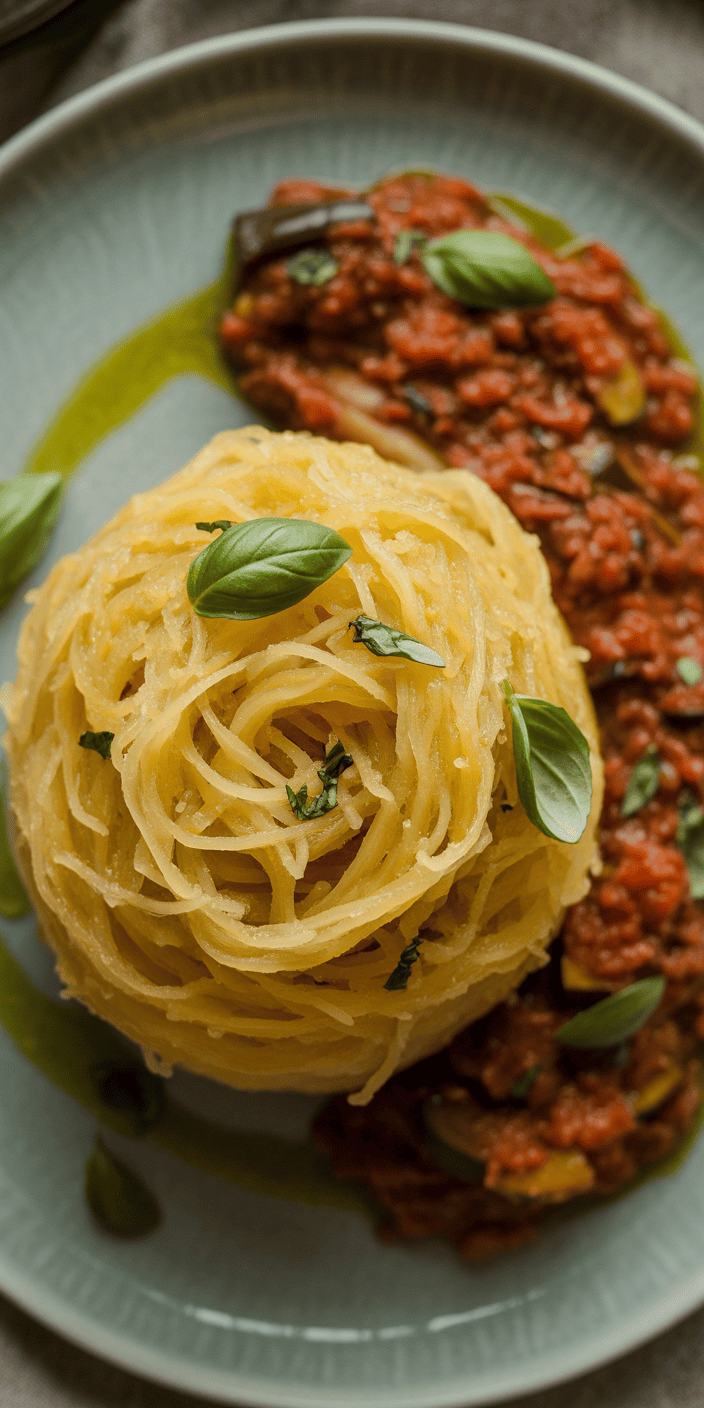
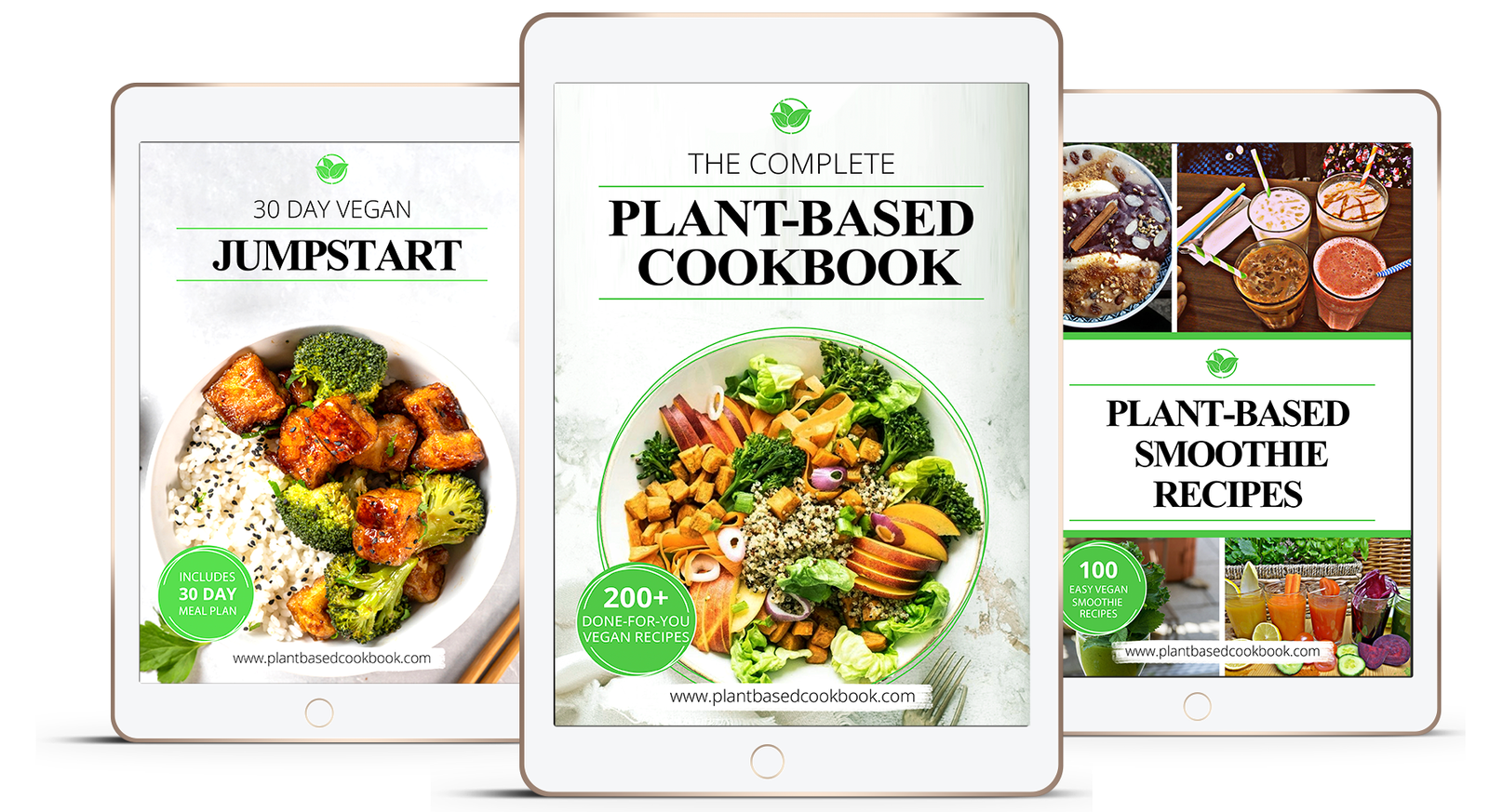


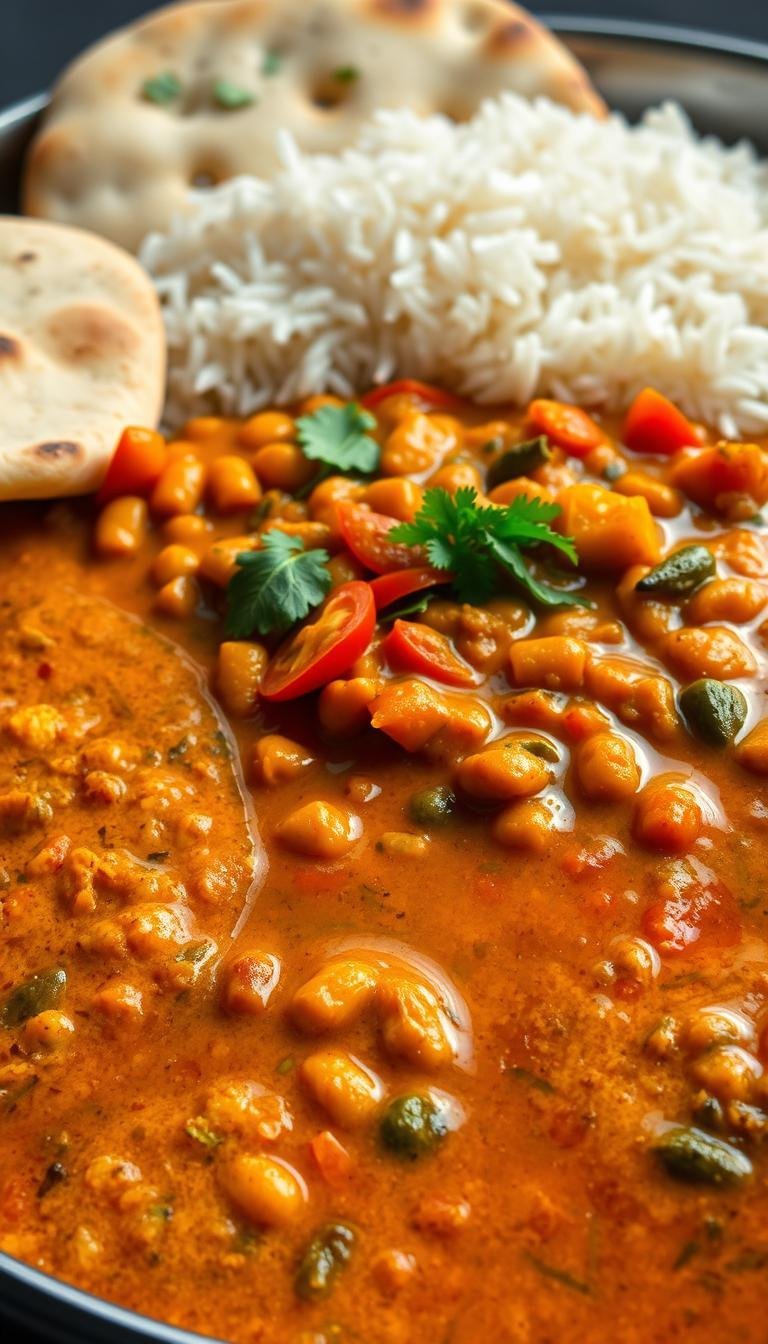
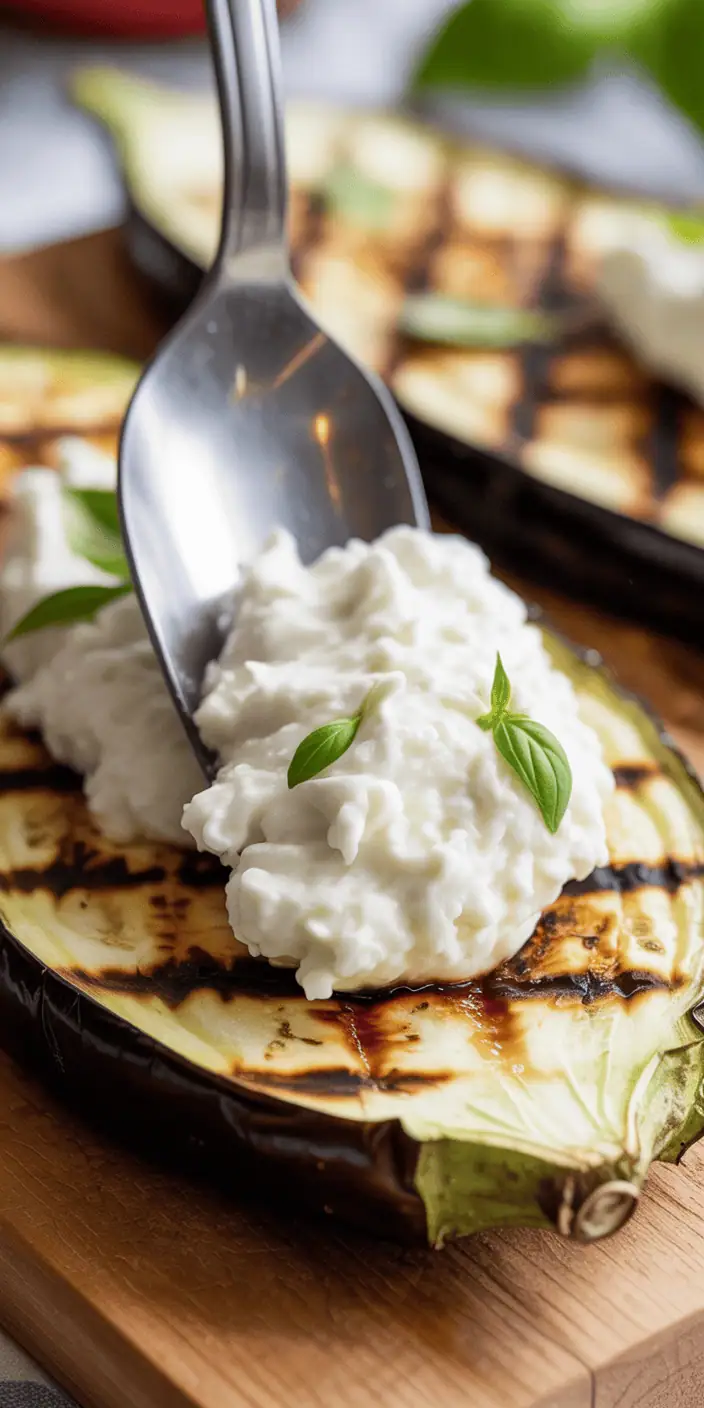
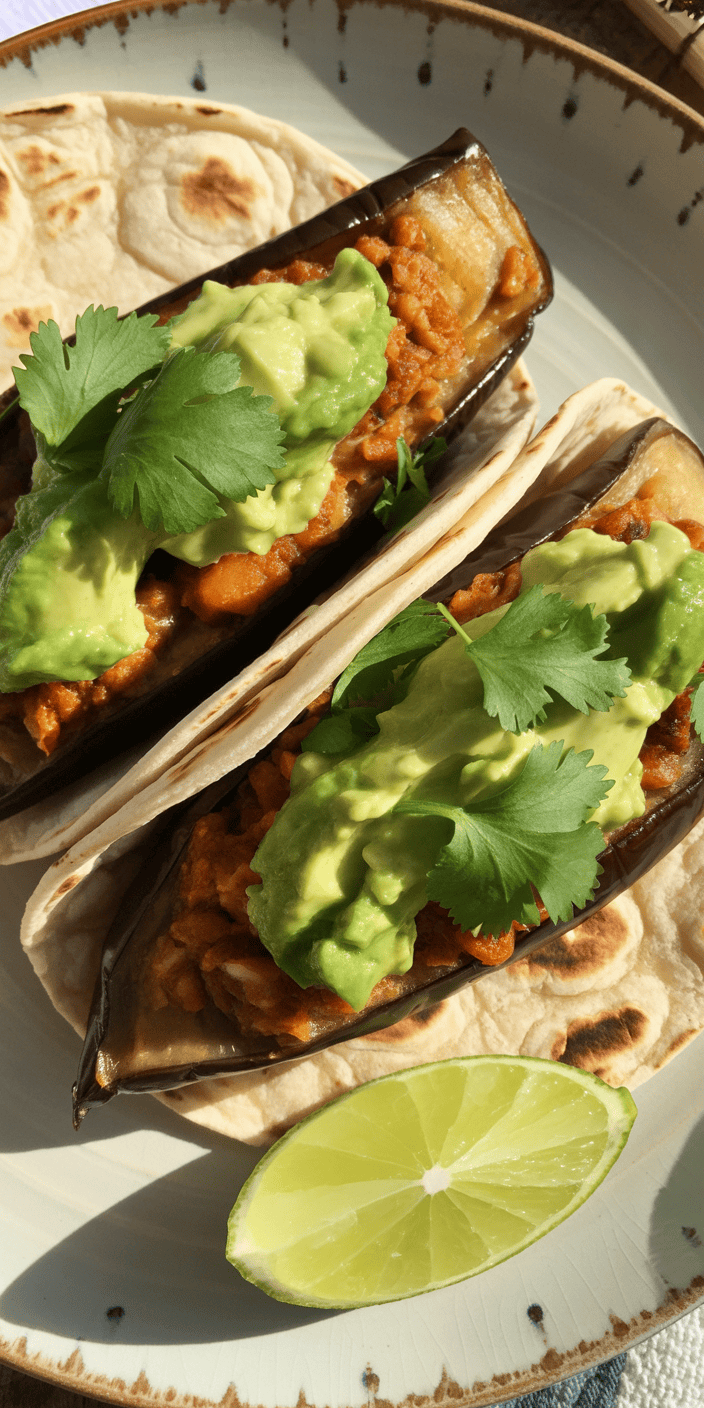

One Comment